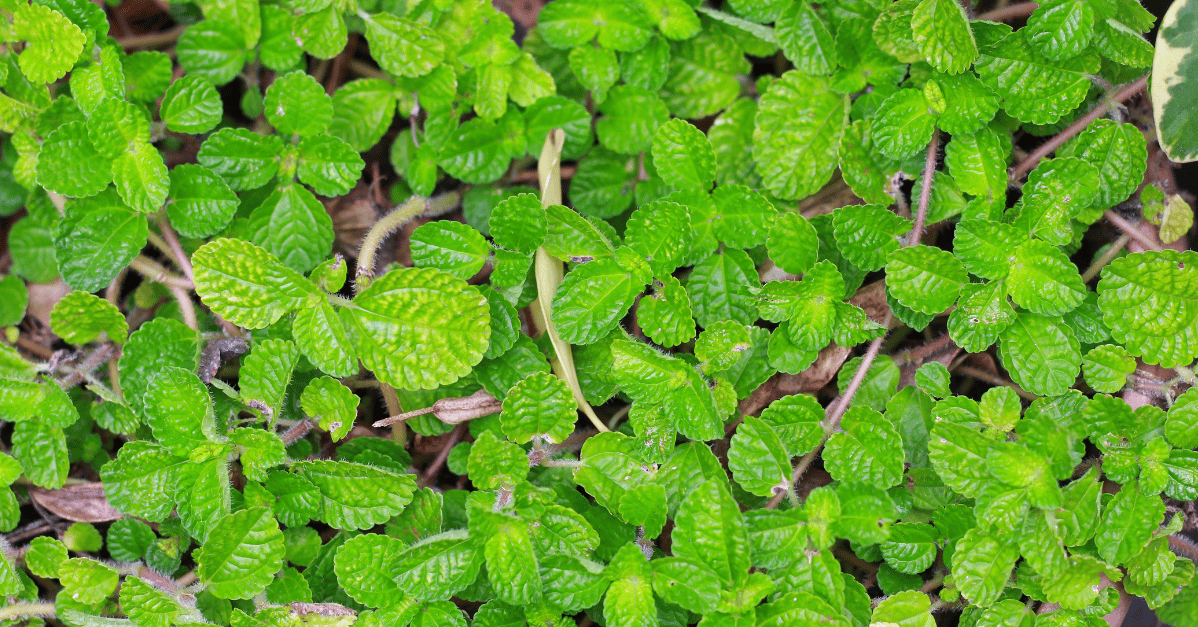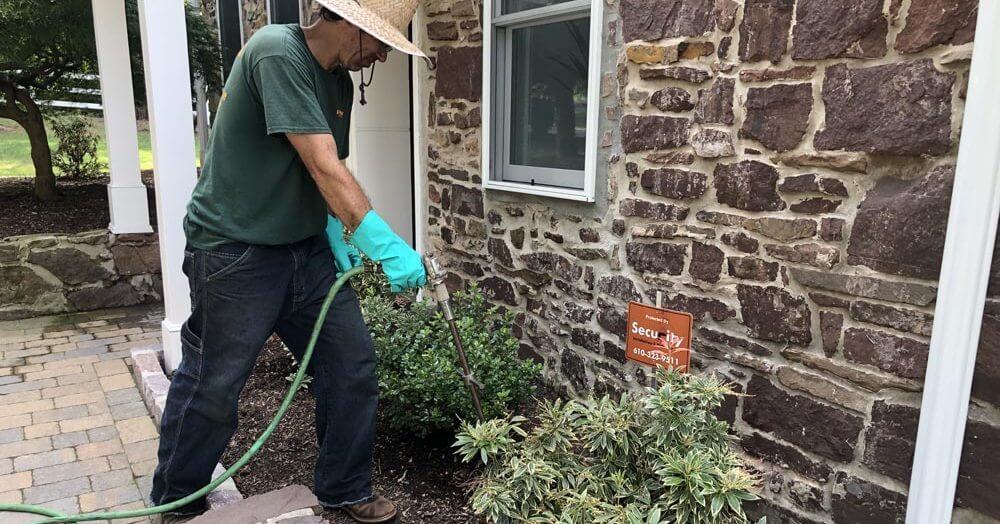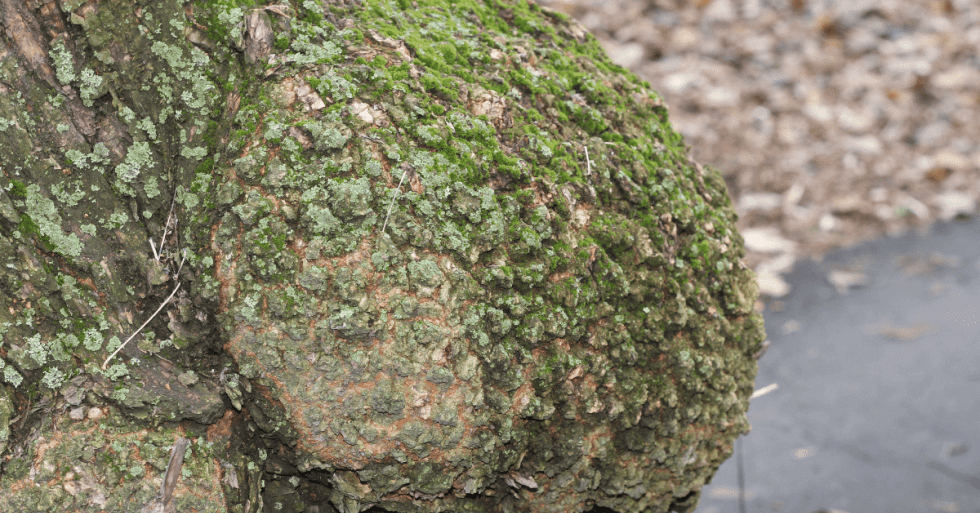Maintaining the health of your trees is crucial for their longevity and overall well-being. One common concern many tree owners encounter is the mysterious phenomenon of bark falling off their oak trees. While it can be alarming to witness, it's essential to understand that some bark peeling is a natural part of a tree's growth cycle. In this article, we'll explore the common reasons behind bark peeling, how to differentiate between every day and problematic situations, and what steps you can take to ensure your tree thrives.
Natural Causes of Bark Peeling
Before jumping to conclusions, it's essential to recognize that a certain amount of bark peeling is a regular occurrence in the life of a tree. Trees shed old, damaged, or dead bark as they grow, allowing new, healthy layers to develop underneath. As long as robust and vibrant bark is beneath the peeling layers, your tree is likely in good condition.
Environmental Factors: Excessive Heat and Frost Damage
One of the common reasons for bark falling off your oak tree is exposure to excessive heat or frost. High temperatures can strip the bark down to the wood, especially if the tree is not adequately hydrated. Similarly, frost damage can cause the bark to contract and peel away. Keep an eye on the weather conditions and take preventive measures, such as proper watering during hot periods, to minimize stress on your tree.
Identifying an Unhealthy Tree
While some bark peeling is average, it becomes a cause for concern when accompanied by other signs of tree stress. Your tree may face health issues if you notice cankers, excessive sap production, dead leaves, twigs, and bark peeling. It's crucial to promptly identify and address these problems to ensure your oak tree's well-being.
What To Do: Tree-Specific Tips
Pine Trees
If you have a pine tree experiencing bark peeling, check for the presence of pests like bark beetles. These insects can contribute to the deterioration of the tree's health. In addition, ensure that the tree is receiving adequate water and nutrients. If problems persist, consulting with a professional tree service may be necessary.
Maple Trees
Maple trees may experience bark peeling due to fungal infections. Look for discolored or oozing bark, which can indicate a disease. Pruning infected branches and promoting good air circulation can help mitigate the issue. Regular inspections by a certified arborist are recommended for early detection of potential problems.
Oak Trees
Maintaining proper soil moisture is crucial for oak trees, which are particularly susceptible to bark peeling. Regular watering, especially during dry periods, can prevent stress and excessive peeling. If you notice signs of disease or insect infestation, seek professional assistance promptly to implement appropriate treatments.
Ash Trees
Ash trees facing bark peeling may be affected by the emerald ash borer, a destructive pest. Early detection is critical to managing this issue, as infested trees can decline rapidly. Consider implementing preventive measures and consulting with tree care professionals to protect your ash trees from further damage.
Contact Strobert Tree Services: Your Tree Care Experts
When faced with the challenge of bark peeling and other tree-related concerns, it's essential to seek the expertise of professionals. Strobert Tree Services is a leader in tree care, serving communities in Delaware, Pennsylvania, Maryland, and New Jersey. Our team of certified arborists possesses the knowledge and experience to assess your tree's health, identify issues, and implement effective solutions.
Conclusion
In conclusion, understanding the reasons behind bark peeling is crucial for maintaining the health of your oak tree. While some degree of peeling is natural, it's essential to be vigilant and recognize signs of stress or disease. By following tree-specific tips and seeking the assistance of reputable tree care services like Strobert Tree Services, you can ensure the longevity and vitality of your cherished trees. Remember, a healthy tree enhances the beauty of your landscape and contributes to the well-being of the environment.











